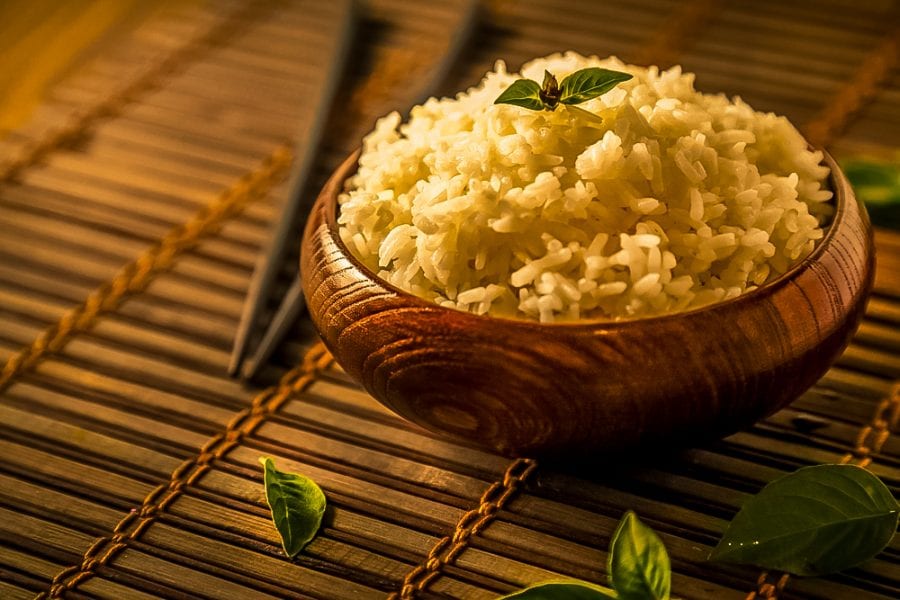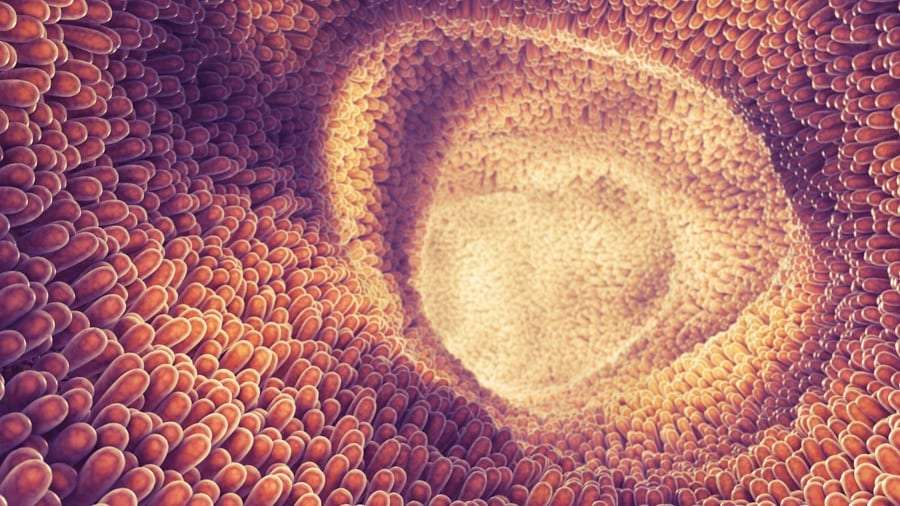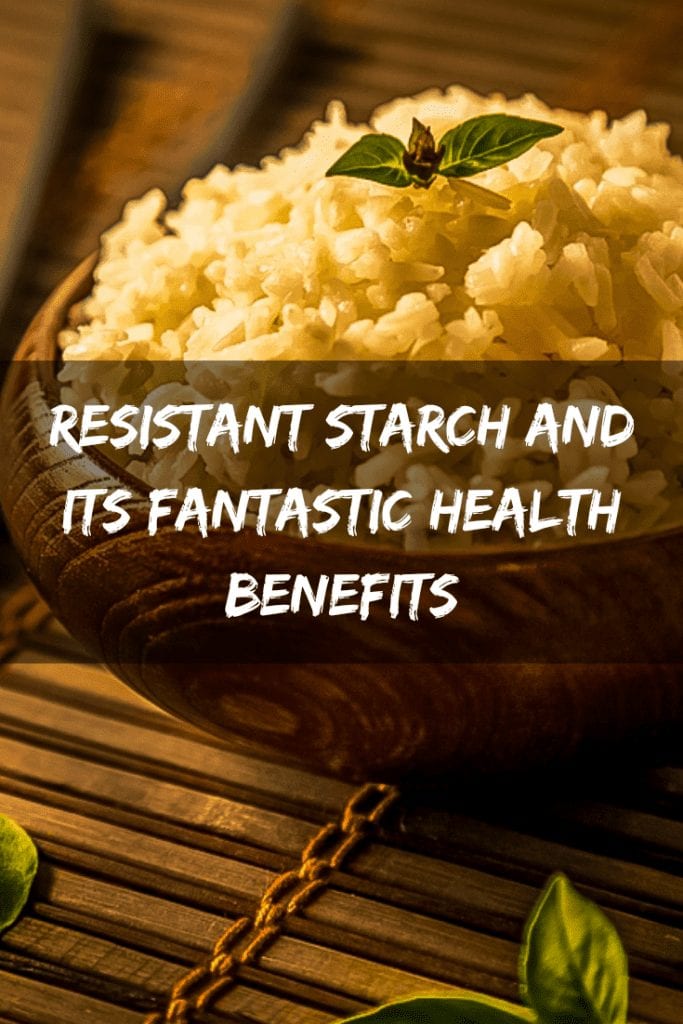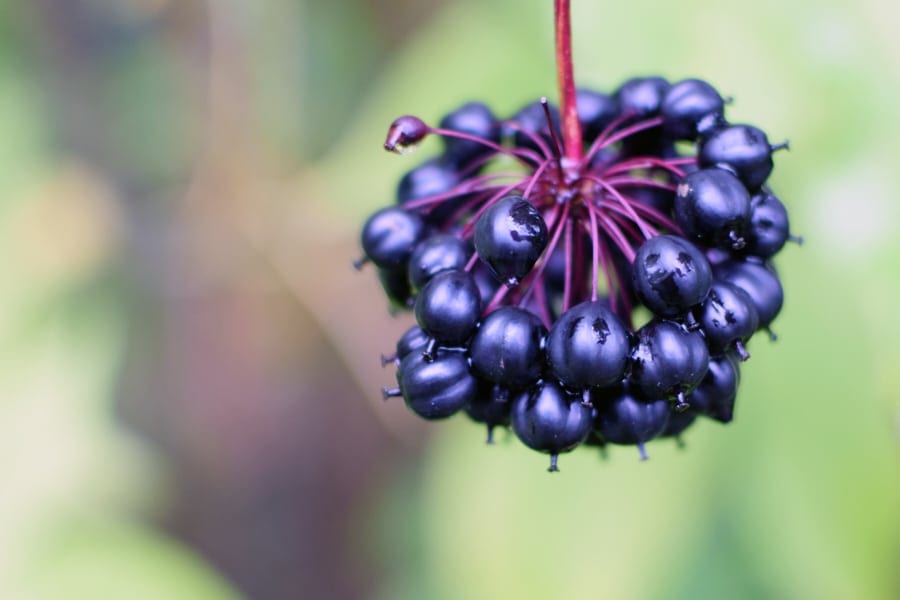The Power of Resistant Starch: Transform Your Health and Manage Your Weight
There seems to be very little room left for a surprise in the world of nutrition nowadays.
But, research today is finding there are still things about nutrition that could be new and surprising—even shocking.
One recent discovery is that (gasp!) carbohydrate foods might not be all that bad for health. That is, only specific kinds, and only if they are prepared, processed, or cooked correctly.
That’s because these foods contain—or have the potential to contain—troves of resistant starches, one of the new buzzwords and hot topics in the diet discussion today.

WHAT ARE RESISTANT STARCHES?
Resistant starches are a type of plant starch that occur naturally in various fruits, vegetables, and grains. They are actually, in reality, carbohydrates.
But, before balking at them in the interest of that low-carb diet, there’s something quite different about them—different enough that even the strongest anti-carb advocates would do a double-take, as many of them currently are.
The difference is that, because they are resistant starches—not typical carb starches—they can’t be digested.
That’s right: resistant starches are carbs, alright. But by nature, they aren’t digested in the gut to act like carbs at all. They especially don’t lead to the blood sugar spikes, increased hunger, and the triggered inflammation that carbs tend to be responsible for.
Instead, they actually pass through the gut intact and complete a number of other beneficial functions instead. Many components of the digestive system interact with resistant starch in ways that lead to some unexpectedly unique health benefits, as a matter of fact.
Research supports that this is really something that happens in the gut, too. And it’s certainly no tall tale!
WHY GET THEM INTO THE DIET?
Resistant starch sure does have its perks. But what are they? Are they really worth all the fuss, and do they live up to the hype—especially since they’re sourced from risky carbohydrates?
The answers to all this: yes, resistant starches could very well be worth all the hype. There are also tons of health benefits to eating them, too.
There are four different types of resistant starches:
- Type 1: Very tough resistant starches that are completely inaccessible, found in raw seeds, grains, and legumes.
- Type 2: Starches high in amylose, a polysaccharide, and which are also completely indigestible—found in green bananas, plantains, and raw potatoes.
- Type 3: “Retrograde” resistant starches are called such because they’re found in cooked carbohydrates, particularly potatoes and rice. They maintain the same health benefits as raw resistant starches when allowed cooling following cooking and before eating.
- Type 4: Man-made, unnatural supplement forms of resistant starch.
Since, obviously, categories one and two contain many foods that are unpleasant to eat raw—save some seeds—we recommend type 3 resistant starches that must be cooked, which we’ll dive into later.
Don’t knock them ‘til we try them, as they say. The following is the most comprehensive list of well-studied, researched reasons to get more resistant starches into one’s diet.
THEY’RE QUITE A BIT LIKE DIETARY FIBER
To really condense all resistant starch’s benefits into a nutshell, one could compare it side-by-side with dietary fiber and see lots of similarities.
Resistant starch brings all the same benefits that soluble fiber does. In fact, research—including this review in 2013—practically categorizes “indigestible carbohydrate polymers” as dietary fibers in and of themselves.
Like fiber, resistant starch passes through the gastrointestinal tract undigested. This can help reduce harmful chronic inflammation in the gut, while also acting just like a prebiotic and providing many other benefits.
THEY FEED GUT MICROFLORA
Speaking of prebiotics, yes, resistant starch can also be a prebiotic. Again, this is yet another similarity drawn up between these starches and typical soluble fibers.
Prebiotics are what we call “food for probiotics.” That is food for the colonies of microbes and beneficial bacteria that live in our guts, particularly the lower intestine and colon.

Resistant starch could be an excellent beneficial fuel for one’s intestinal microflora according to a 2013 review of resistant starch. This, in turn, boosts digestive health, improves nutrient absorption, reduces the risk of gastrointestinal infections, and can even improve metabolism in some rather amazing ways.
There are even some strong links between the gut and brain function, according to lots of recent research, including this 2012 review.
Needless to say, science is revealing that probiotics for our digestive systems are at the core of good health in ways we never thought imaginable over 20 years ago. One of the best ways to ensure great gut microbiome health: taking care of the tiny organisms there, which includes feeding them with prebiotics like resistant starch.
THEY HELP REGULATE BLOOD SUGARS
Soluble fiber and probiotics have both gained lots of evidence and scientific support for helping regulate blood sugars. Since resistant starch is much like a fiber prebiotic that assists one’s gut microbes, it can in effect help regulate blood sugars much like a fiber and support the microbiome—thereby helping regulate blood sugars in more ways than one.
A 2015 review of prepared resistant starch foods found that they do play a strong role in the diet for helping to reduce the chances of blood sugar spikes and increased insulin to follow. This could make these foods excellent at reducing the risk of type 2 diabetes, and even help manage both types of diabetes from a dietary standpoint.
For that matter, resistant starch’s role as a prebiotic helps release certain short-chain fatty acids, which bring benefits to the blood, liver, and directly to the tissues of the digestive system. So beyond helping health working from the bloodstream and outward, it can also be supportive to other aspects of health we would have never imagined.
THEY COULD REDUCE THE RISK OF CHRONIC DISEASES
Springing from the topic of regulating blood sugars, resistant starch’s ability to do such makes it great for the possibility of helping to reduce the chances of and even possibly the management of diabetes, one of the developed world’s most common chronic illnesses. Truth be told, however, it could also help reduce the risk of many other chronic diseases, too.
Its role as a prebiotic may help reduce the chances of some of the worst chronic digestive disorders, including IBS (Irritable Bowel Syndrome), IBD (Inflammatory Bowel Disease), Crohn’s disease, ulcerative colitis, diverticulitis, and more. It could also play a role in reducing the risk of colon cancer, obesity, stroke, heart disease, and possibly autoimmune disorders.
Resistant starch is also helpful to maintaining basic regularity of digestion, helping to reduce chances of diarrhea and constipation. But research shows that its benefits reach far beyond just the digestive system, and to many other systems in the body—including the nervous system, cardiovascular system, immune system, endocrine system, and more.
THEY COULD HELP REDUCE APPETITE
The very foundation of health is rooted in feeling good about oneself. Maintaining a healthy weight can be a huge part of that, but it can also be at the very core of good health itself.
 Learn More About ENDO ADRENAL: Click Here
Learn More About ENDO ADRENAL: Click Here
Science has long shown that weighing more than one’s healthy weight can increase one’s risk to certain health problems. But fortunately, resistant starches play an easy role and solution in this, and not just through regulating blood sugars and increasing insulin sensitivity.
A 2006 study found that resistant starches could help people experience more feelings of fullness following meals. Even better, this effect could be carried over to the next meal, which would, in turn, encourage people to eat less overall.
Chris Kresser, functional medicine doctor and proponent for resistant starches in the diet, describes how this works in his 2014 article. “[Resistant starches have] been shown to exert a ‘second meal effect,’” said Kresser.
“This means that not only [do resistant starches] beneficially decrease the blood glucose response at the time it’s consumed but, somewhat surprisingly, blood glucose and insulin levels also rise less than would otherwise be expected with the subsequent meal.”
Over time, including resistant starches into one’s diet often could reduce appetite. And we all know what that means: a better chance of losing weight or maintaining one’s healthy weight, which could be essential to benefitting health overall.
FOODS THAT CONTAIN RESISTANT STARCH
Intrigued by the benefits of resistant starch? It can be found in quite a few foods.
However, only a few foods are considered sufficient sources high in this fiber-like starch. Then again, not all foods that contain this starch are the best, healthiest choices for certain other reasons, too.
The following foods are each high in resistant starches:
- Bananas (green)
- Beans
- Grains (quinoa, corn, wheat, etc.)
- Legumes (peas, chickpeas, etc.)
- Nuts
- Oats
- Pasta
- Plantains
- Potatoes (cooked and cooled)
- Rice (cooked and cooled)
- Seeds
Due to the high carbohydrate content of some of these foods, however—including legumes, bananas, pasta, and grains—the benefits of the resistant starches are lost on them.
On the other hand, the very best foods to get one’s resistant starches from would be rice and potatoes, which—in raw or cooked form—contain them, but are not healthy in those states.
When cooked and cooled, however, they are chock-full of this beneficial starch and can be safely eaten to experience optimal health impacts.
THE BEST SOURCES OF RESISTANT STARCH: POTATOES AND RICE
Our carb-conscious readers are probably thinking: “Potatoes? Rice? No way!” We’ve been taught that these foods are heavy in carbs, contributing to blood sugar spikes, weight gain, and potential health problems—and those teachings are not wrong.
Studies also show that white rice, when eaten in its traditionally cooked form, may actually increase one’s risk to type 2 diabetes in a 2010 study here and a 2012 study here. It could also increase the risk of heart disease according to this 2013 study—while potatoes have been connected to an increased risk of heart disease and diabetes in this 2012 study.
In the way these foods are classically cooked, served, and eaten, they show strong signs of being unhealthy. On the other hand, however, when these foods are processed and cooked in the right way, they can be the healthiest sources of resistant starches out there—and thus amazingly healthy foods.
TRANSFORMING POTATOES AND RICE INTO AMAZING HEALTH FOODS
It may seem crazy to consider potatoes and rice as “health foods” when on a low-carb diet. But here’s how to make it possible.
- Step 1 – The day before the planned meal, cook the rice and/or potatoes as one typically would for a meal.
- Step 2 – Following cooking, cool down these foods. Once fully cooled, place in a storage container for the fridge or freezer.
- Step 3 – Place foods in the fridge or freezer overnight.
- Step 4 – The next day for the desired meal, heat up rice or potatoes and serve.
When at the peak of their initial cooked and hot form, potatoes and rice contain starches that are digestible, and which act very much like carbs. They will be absorbed in the digestive tract and thus treated just like carbs—which will increase appetite, raise blood sugars, decrease insulin sensitivity, and promote inflammation.
Allowing these foods to cool after cooking, however, makes their starches settle back into a resistant state, while still rendering these foods edible. This was demonstrated in the case of potatoes in this 2014 review.
Red potatoes are considered healthier than white potatoes due to being waxy and a more resistant starch, while brown rice has a much lower risk of increasing risks of chronic diseases compared to white rice, according to this 2010 study.
Experiencing the benefits of resistant starches are only a meal away, and it’s easy to do. What’s more, they can be found from these incredibly affordable foods—rice and potatoes—and are even better for health when sustainably grown or eaten in season.
GET SOCIAL – LIKE, COMMENT, PIN, AND SHARE!
Recommended
Discover Gynostemma: Nature’s Answer to Chronic Pain Relief
Pain isn’t always simple. Pain can be acute or intense, but it can also be chronic, subtle, and life-changing. No matter what pain may be like, it can be limiting. More frustrating are the limited …
Elevate Your Memory: Nature’s Best for Cognitive Boost
It can be frustrating, the way it infiltrates anything and everything in one’s routine. At first, we might not be able to put a finger on what’s going on, or even think of it as …
Unleashing Siberian Eleuthero: From Energy Boosts to Stress Relief & Beyond
Herbs can be powerful tools for health. Over time, research has revealed certain botanicals to have numerous benefits. Plants like schisandra, rhodiola, and he shou wu are great examples—but turning to just one herb isn’t …
- Exclusive Offers
- Product Giveaways
- Latest Research
- New Product Launches







